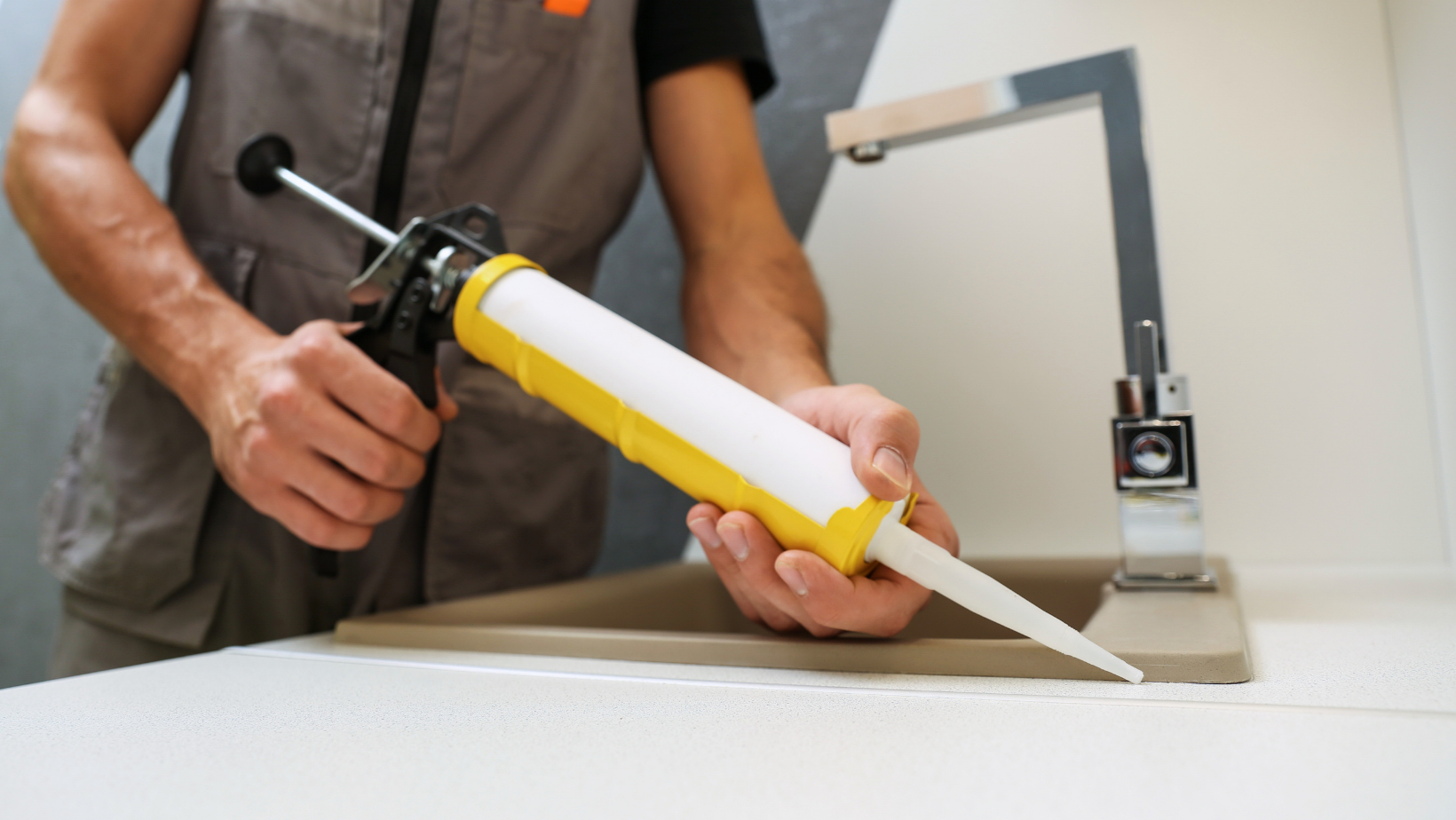Effective Weather Seal Strips for Window Protection and Energy Efficiency Solutions
Nov . 29, 2024 22:35 Back to list
Effective Weather Seal Strips for Window Protection and Energy Efficiency Solutions
Understanding Weather Seal Strips for Windows Importance, Types, and Installation
Weather seal strips are essential components in window construction and maintenance, serving as the first line of defense against the elements. These strips play a vital role in ensuring energy efficiency, comfort, and protection in residential and commercial buildings. In this article, we will explore the importance of weather seal strips, the different types available, and a brief overview of installation procedures.
Importance of Weather Seal Strips
Weather seal strips are designed to fill the gaps around windows, preventing air leaks, moisture intrusion, and dust penetration. This is crucial for maintaining a comfortable indoor environment and reducing energy costs. Without effective sealing, air can escape your home during the winter months, leading to higher heating bills and potential discomfort. Similarly, during summer, the cool air from air conditioning units can seep out, making it difficult to maintain desired temperatures.
Moreover, proper sealing helps protect against the infiltration of water, which can cause mold growth and damage to the building structure. By ensuring that your windows are properly sealed, you not only enhance energy efficiency but also prolong the lifespan of your windows and overall building materials.
Types of Weather Seal Strips
Weather seal strips come in various materials and designs to accommodate different window types and preferences. The most common types include
1. Vinyl Strips These are durable, flexible, and resistant to moisture, making them a popular choice for both new installations and renovations. Vinyl strips come in various colors and sizes, allowing for customization based on your window frame.
2. Foam Strips Foam weather stripping provides excellent insulation due to its ability to compress and fill gaps. They are typically self-adhesive and easy to install. However, foam strips may degrade faster than other materials, requiring more frequent replacement.
3. Rubber Strips Rubber weather seals offer superior durability and resistance to extreme temperatures. They are often used in situations where greater compression is necessary to achieve a tight seal.
4. Metal Weather Strips Designed for heavy-duty applications, these strips are usually used for industrial windows and doors. They provide robust protection against larger gaps but can be less aesthetically pleasing than softer materials.
weather seal strip for window products

5. Magnetic Strips These innovative seals utilize magnets to create a secure closure. They are particularly popular for storm windows and sliding doors, providing an effective barrier against air and moisture.
Installation of Weather Seal Strips
Installing weather seal strips is a straightforward process that can typically be done by homeowners with basic DIY skills. Here’s a simplified guide to help you get started
1. Measure the Gaps Begin by assessing the gaps around your windows. Use a measuring tape to determine the length of the area that needs sealing. Make sure to measure each side of the window frame for an accurate fit.
2. Choose the Right Seal Based on your measurements and the type of window, select the appropriate weather seal strip. Consider factors such as material, durability, and ease of installation.
3. Prepare the Surface Before applying the seal strips, ensure that the window frame is clean and free of dust and debris. This will help the adhesive adhere better.
4. Cut the Strips Use a utility knife or scissors to cut the weather seal strips to the appropriate length, making sure they are slightly longer than the measured gaps to ensure a tight fit.
5. Apply the Seals For adhesive strips, peel off the backing and press the strip firmly into place along the window frame. For non-adhesive types, follow the specific installation instructions provided by the manufacturer.
6. Check for Gaps Once all strips are in place, close the window and check for any remaining gaps by visually inspecting or feeling for drafts.
Conclusion
In conclusion, weather seal strips are an indispensable part of window maintenance, contributing to energy efficiency, comfort, and protection from the elements. By understanding the types of weather seal strips available and how to install them, homeowners can easily enhance their living spaces and save on energy costs. Regular inspection and replacement of these strips can lead to significant improvements in indoor climate control and overall home longevity. Investing time in this simple yet effective solution will yield long-term benefits for your home or building.
-
LED Neon Rope Light Outdoor Companies: Durable & Bright Solutions
NewsAug.27,2025
-
Premium Window Seal Strip Adhesive: Manufacturers & Suppliers
NewsAug.26,2025
-
Best Window Seal Strip Adhesive Companies: Strong, Durable Seals
NewsAug.25,2025
-
Karcher A2004 Wet & Dry Vacuum Filter: Premium Replacement Cartridge
NewsAug.24,2025
-
Premium Vacuum Filter for Karcher VC 4, VC 6, VC 7 & Tineco A10, A11
NewsAug.23,2025
-
Hi-Flo HF155 Oil Filter KTM 250 EXC Racing 03-06 | OEM 580.38.005.000
NewsAug.22,2025
